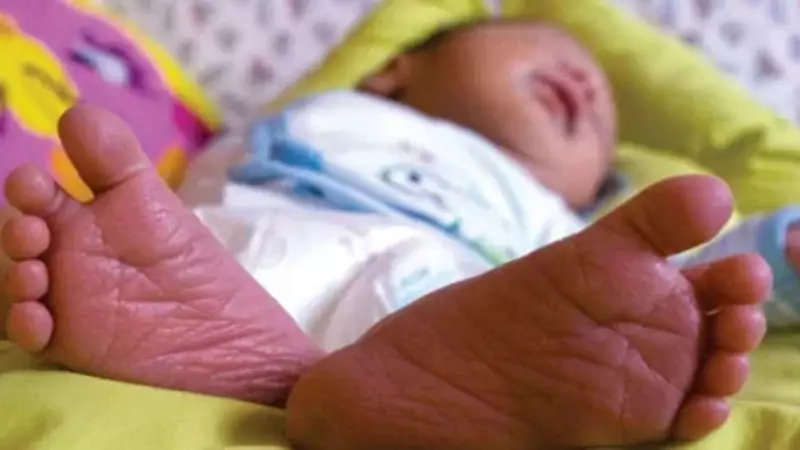
In a significant development for gender equality, Haryana has reported a notable improvement in its sex ratio at birth for the period spanning January 1 to November 10 this year. The state recorded 912 girls for every 1,000 boys, marking a positive jump from the ratio of 904 documented during the same timeframe in the previous year.
Sustained Efforts Yield Positive Results
The encouraging data was officially confirmed during the weekly meeting of the State Task Force (STF) held recently. Officials from the Health and Women and Child Development departments were quick to attribute this upward trend to their persistent and multi-pronged efforts. The ratio had already shown an early sign of recovery, rising to 905 between January 1 and August 18 this year, up from 899 in the corresponding period of 2024.
Dr. Virender Yadav, Director of Health Services, who chaired the meeting, emphasized a zero-tolerance policy towards illegal practices. He called for stricter action against illegal abortions, including the cancellation of medical licenses of doctors found violating the law. The progress of the central government's flagship Beti Bachao-Beti Padhao campaign was also thoroughly reviewed.
Accountability and Directives for Improvement
A press release issued after the meeting detailed the administrative actions taken to enforce accountability. The Senior Medical Officer (SMO) of CHC Gopi in Charkhi Dadri has been charge-sheeted for the poor sex ratio performance in the area. Furthermore, show-cause notices have been officially issued to the SMOs of Naraingarh, Mullana, and Chaurmastpur, as well as to the Chief Medical Officers of Palwal, Charkhi Dadri, Sirsa, and Sonipat.
Dr. Yadav issued several crucial directives to consolidate these gains. He ordered special drives to ensure the registration of all unregistered female children below one year of age, particularly in districts where the ratio is falling. He also stressed the need for perfect alignment between the Civil Registration System (CRS) portal data and actual delivery records and pushed for efforts to increase conviction rates in illegal abortion cases.
District-Wise Performance and Vigilance
The State Task Force provided a district-level breakdown, revealing a mixed but overall positive picture. The districts of Fatehabad, Gurgaon, Panchkula, Panipat, and Rewari were highlighted for recording significant improvements. Conversely, Sirsa, Sonipat, and Charkhi Dadri witnessed a decline in their numbers.
Officials in these underperforming districts have been instructed to heighten vigilance and conduct joint inspections of ultrasound centres to prevent misuse. Dr. Yadav also directed that Anganwadi and ASHA workers be leveraged more effectively for public awareness campaigns, promotion of institutional deliveries, and ensuring early registration of child births.
This is not an isolated effort. In August, Sudhir Rajpal, Additional Chief Secretary (Health), had directed officials to strengthen the reverse tracking of Medical Termination of Pregnancy (MTP) and abortion cases beyond 12 weeks, especially for couples who already have one or more daughters. In a bid to curb the sale of illegal abortion kits, the police have been directed in past meetings to trace the phone records and location history of the accused.
In a significant move from a July meeting, the STF had also stated that couples in Haryana who have at least one living female child and wish to undergo in-vitro fertilisation (IVF) must obtain prior permission from the District Appropriate Authority. The primary mandate of the STF remains the improvement of the state's sex ratio and the stringent implementation of the Pre-Conception and Pre-Natal Diagnostics Technique Act.





